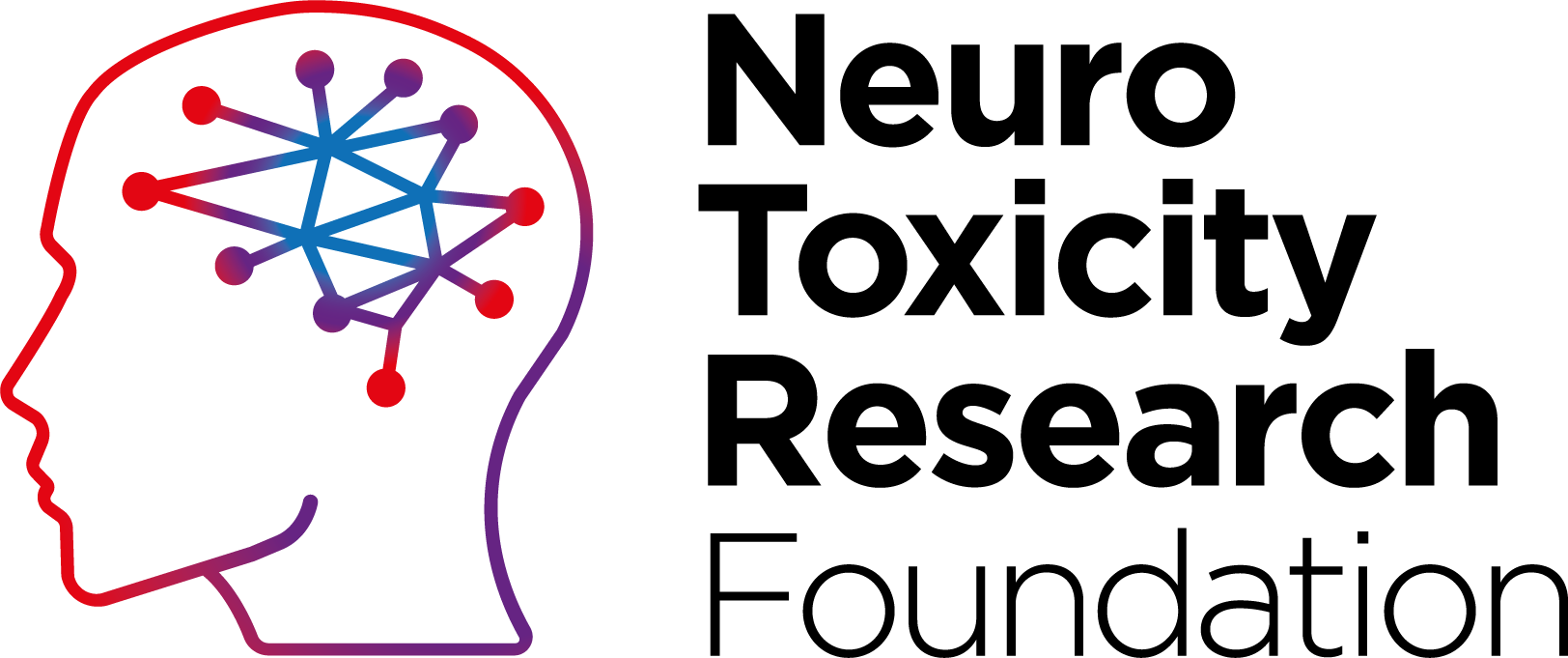
The term Aerotoxic Syndrome, abbreviated as ATS, dates back to the year 2002. Introduced at the time to describe a pathology of acute and chronic health symptoms due to the inhalation of toxic substances from outdoor air. Many people, especially cabin crew (pilots and flight attendants), but also frequent flyers, apron personnel and ground baggage handlers, visited their doctors with symptoms such as headaches, dizziness, nausea, balance problems and cognitive impairment after exposure to potentially toxic chemicals – including organophosphates, hydraulic fluids and engine oil – and specifically after exposure to oil vapours from the exhaust fumes of aircraft engines.
Normally, air on aircraft is of good quality and subject to stringent requirements. Yet, this air can become imperceptibly contaminated by toxins that insidiously enter the aircraft cabin via aircraft engine bleed air. Aircraft engine bleed air is where small amounts of lubricating oil occasionally escape through seals of the engines, which then enter the cabin in the form of tiny droplets together with the outside air heated by the engines. This contamination can lead to various acute and/ or chronic neurological health effects, often resulting in central nervous
system damage and limb failure, even possibly death. In other words, due to the occurrence of toxic syndrome, cells in the human body are no longer able to properly break down toxic (poisonous) substances (metabolization) which disrupts the stimulus transmission to the brain as well as the signal transmission from the neuropathway to the muscles. It is most probable that toxic syndrome is caused by a mixture of between 400 and 450 toxic compounds.
Although a link between the reported symptoms and Aerotoxic Syndrome has been suspected for many years, the condition is currently not recognised as a formal diagnosis in the aviation industry or in general medicine. This is simply because the hard objective evidence is lacking, and the incidence of the condition and its etiology (causality theory) are still subject to debate. There is also significant criticism of existing analyses, which are based on findings from earlier studies of symptoms and cognitive assessments of small samples of self-selected aircrew.
In an effort to determine whether exposure to contaminated air in aircraft is causal for chemical-induced neurotoxicity and to determine to what extent the aforementioned symptoms are related to Aerotoxic Syndrome, scientists are launching a new large-scale study.
